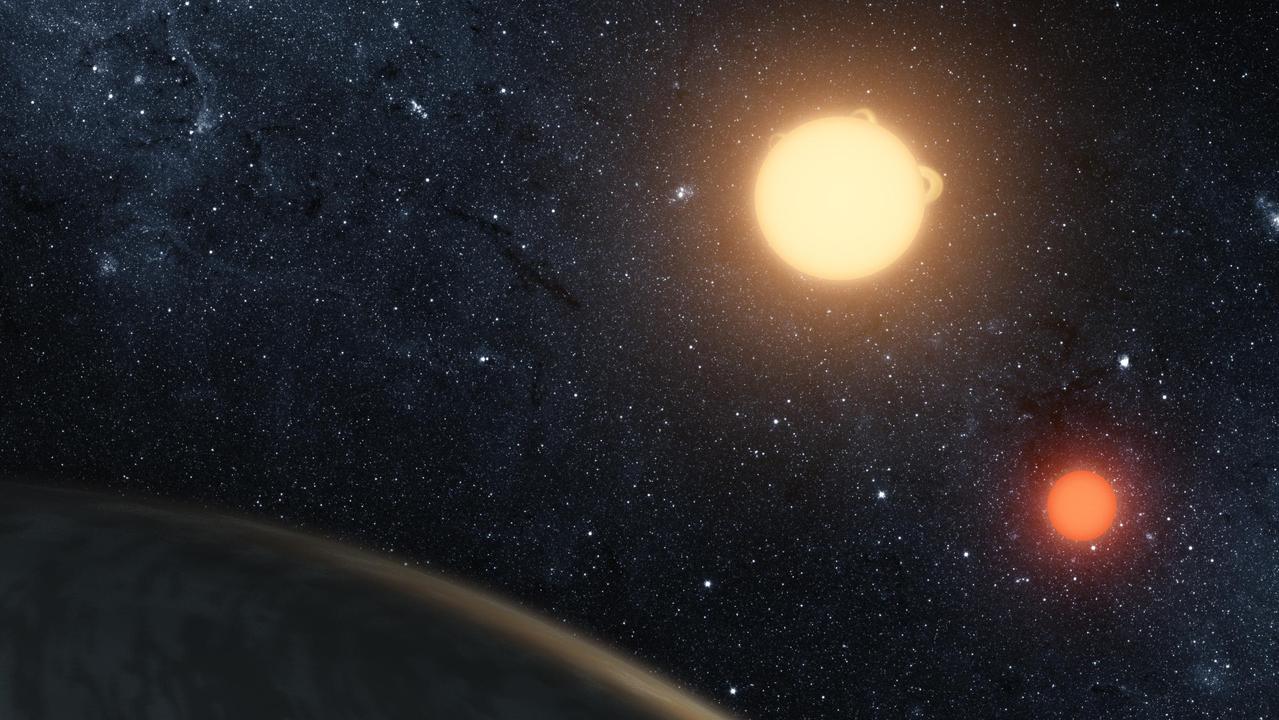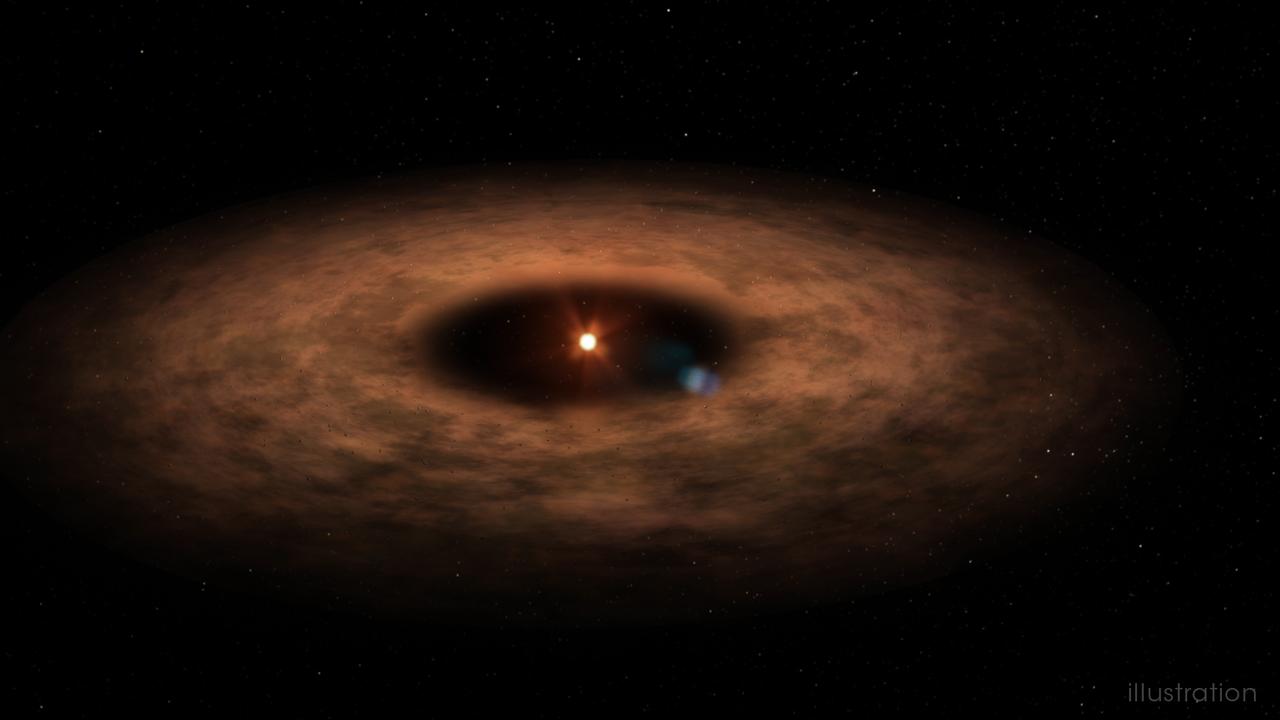AI discovers 50 new planets from analysing NASA data
The universe is far too vast for many of us to wrap our heads around — that’s why researchers are training a computer to do it instead.
Astronomers and computer scientists at a UK university have used powerful machine learning to analyse old NASA data, and think they may have found dozens of new planets doing it.
As many as 50 potential “exoplanets” (ones outside our solar system) were discovered by the algorithm designed at the University of Warwick.
The discovery of exoplanets often relies on small signs of the potential planet’s existence, such as the dip in brightness of a star when the planet passes between it and the telescope observing it on Earth.
RELATED: ‘Sad, cold, lonely’ end to universe

RELATED: Stunning photos show surface of Mars
RELATED: New evidence near planet is ‘not dead’
The same thing can happen when another star or object in space interferes, or when there’s a problem with the telescope. The algorithm is designed to sift out these false positives.
Now, using thousands of candidates from NASA’s Kepler and Transiting Exoplanet Survey Satellite (TESS) space telescopes, the researchers believe they’ve confirmed the new exoplanets.

If they’re right it will be the first time machine learning has been used to confirm planets rather than just identify candidates.
“In terms of planet validation, no one has used a machine learning technique before. Machine learning has been used for ranking planetary candidates but never in a probabilistic framework, which is what you need to truly validate a planet,” University of Warwick academic Dr David Armstrong said.
“The algorithm we have developed lets us take 50 candidates across the threshold for planet validation, upgrading them to real planets.”
“Rather than saying which candidates are more likely to be planets, we can now say what the precise statistical likelihood is,” Dr Armstrong added.
“Where there is less than a one per cent chance of a candidate being a false positive, it is considered a validated planet.”

There are potentially thousands (maybe even millions) of planets in the universe, but the researchers said once the algorithm is built and trained, machine learning is faster than existing techniques and can be completely automated, able to analyse huge amounts of data with very little input.
Dr Armstrong said the technique should be used more in the future.
“Almost 30 per cent of the known planets to date have been validated using just one method, and that’s not ideal.
“Developing new methods for validation is desirable for that reason alone, but machine learning also lets us do it very quickly and prioritise candidates much faster.”



